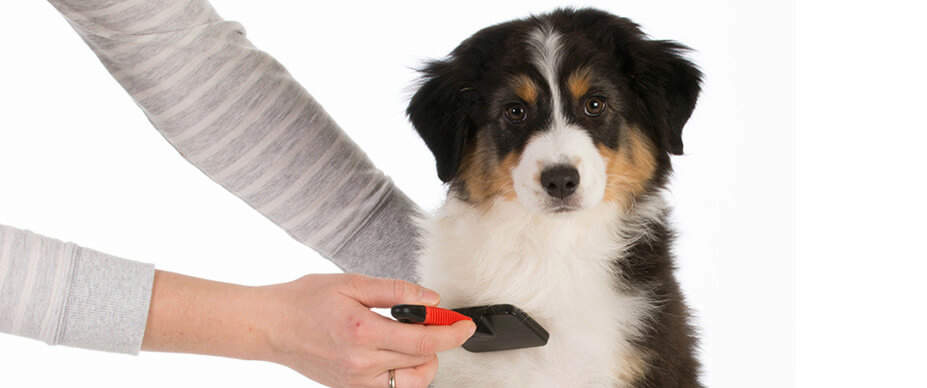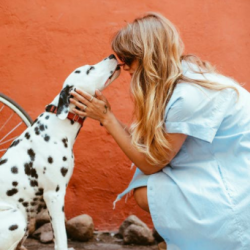
For some pet owners, coat brushing is a necessity. How often a dog needs to be brushed depends on the dog’s breed. While some dogs need to be brushed all the time, others may need to be brushed only once or twice a year. Remember to brush the dog’s coat before bathing it to remove buildup of dander, loose hair and other messes.
A dog’s coat is different from humans, in that it is short, furry and accelerated (dry, dull and damaged). If a dog is exposed to high levels of heat, their coat can be bright red and can even singe. Carefully brushing the coat will prevent this. froth, hot water and detergent can damage a dog’s coat. If a dog’s coat is damaged by water or soap, try to remove the source of the water, and then brush the damaged area. If a dog’s coat is matted with hair- foe excess hair, comb and brush the matted area. De- Matting can be removed by brushing. When the dog’s coat is dull, alternate smoothing with working in small circulars with a chamois cloth until the coat is glossy and brightens. If your dog’s coat is shiny or frayed, brush in the direction of hair growth to avoid tangles. Use both brush and comb in the same direction as hair growth to avoid pulling. Use a pin brush and brush from head to tail in the direction of the hair growth to avoid pulling. If your dog’s coat is curly, brush in the opposite direction of the hair growth to keep the coat curly.
Easier on the dog’s skin
A tip I got from a friend who does Maine Chimney Waterproofing and has three german shepherds told me, “Grooming for a dog on a regular basis can help keep the skin from drying out and can provide the dog with an opportunity to get regular, intensive cleaning. Deodorizing helps keep smells under control and promotes good skin and a shiny coat.”
Ticks, fleas and bacteria
Proper grooming involves regular brushing so these parasites do not have a chance to establish a colony and cause illness. A dog’s coat, however, is the main place other parasites can hide out, so regular brushing encourages removal of loose hair and dander, foul odor and more health. A dog’s healthy coat should also be shiny and collect fecal material easily when it comes out the doggy door. It will collect plenty of dander as well.
Avoid grooming hot spots
One mistake made by owners when trying to groom hot spots is constant bathing the area. All that bristle and scrubbing does is rub off the skin and often healing the hot spot. Apparently, constant bathing does not really deal with the problem and hot spots can often re-occur after grooming and spraying with a dog flea shampoo.
If a dog has skin inflammation, a dog hot spot begins as a skin problem and often gets worse. Work with your vet to determine what is causing the dog problem. Otherwise, considering the hot spot is a health problem is best because hot spots are often bacterial and moist often. Dogs do not get skin cancer and hot spots are often a symptom of an infection that is easily treated.

